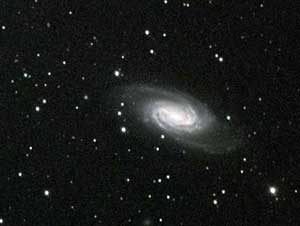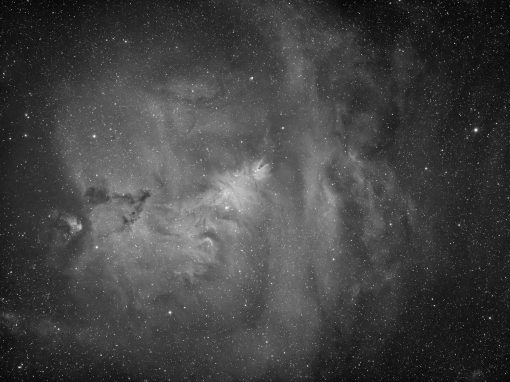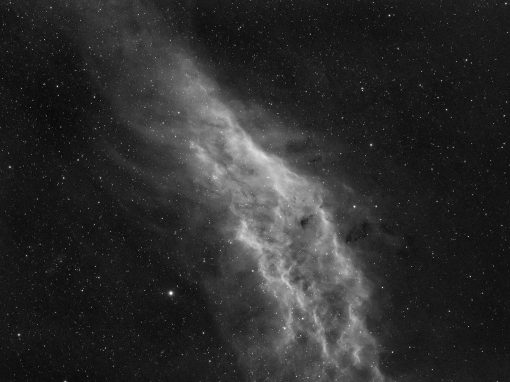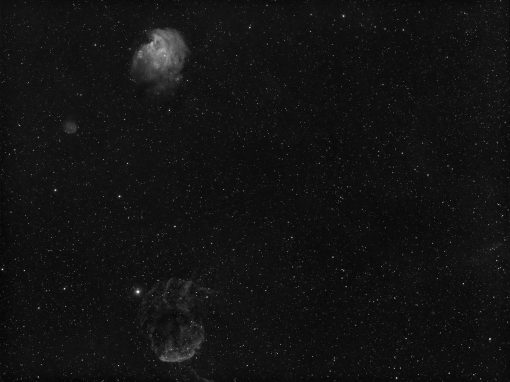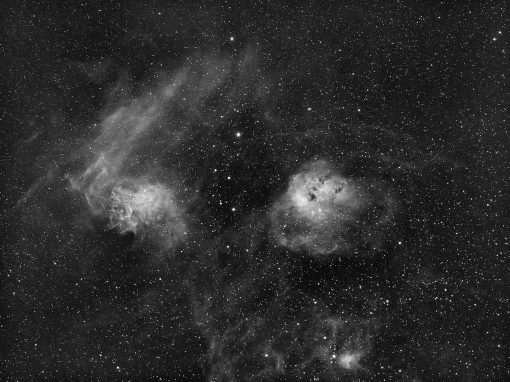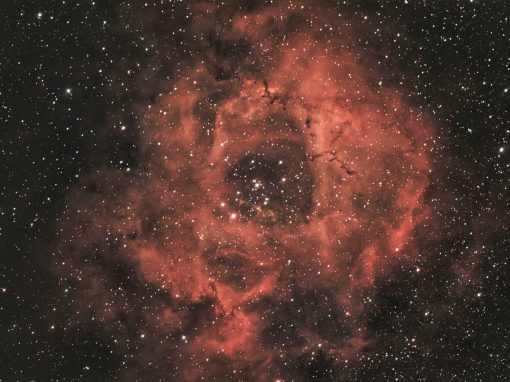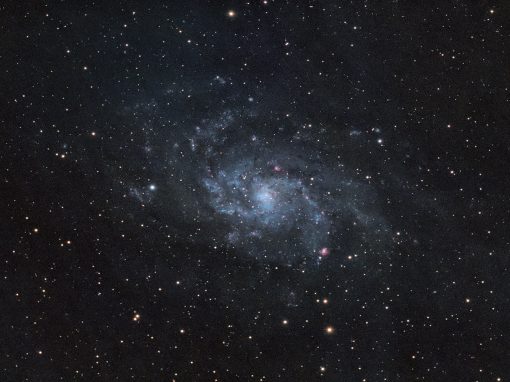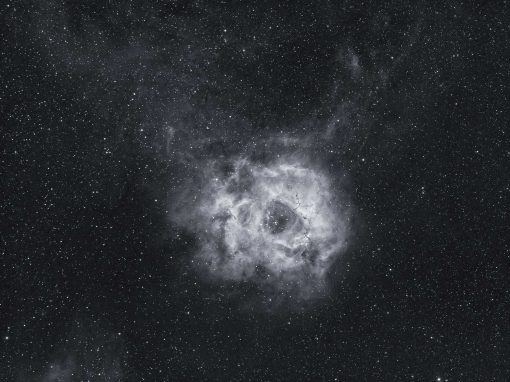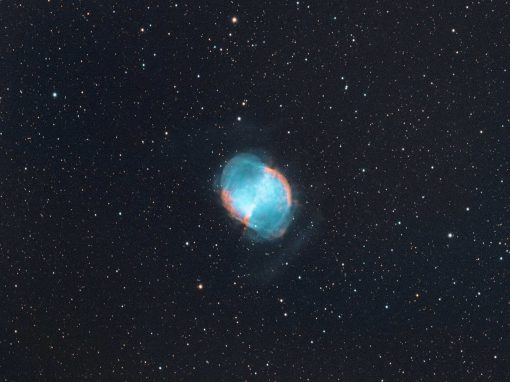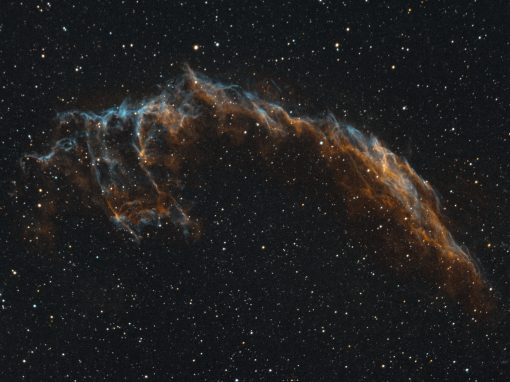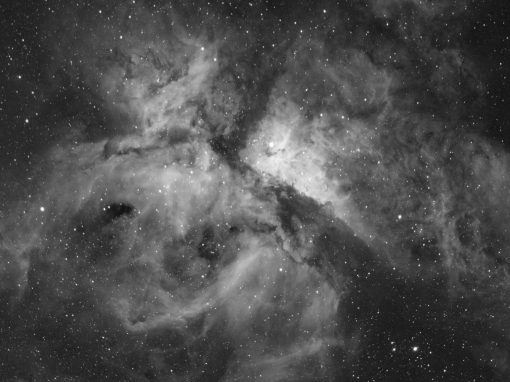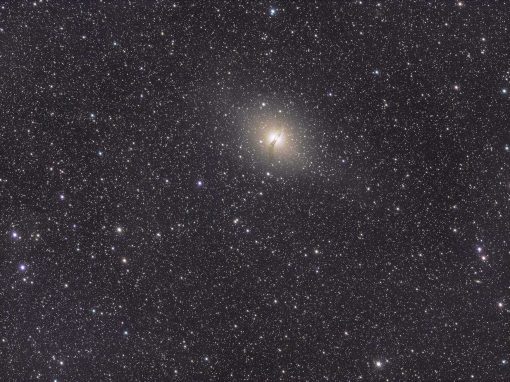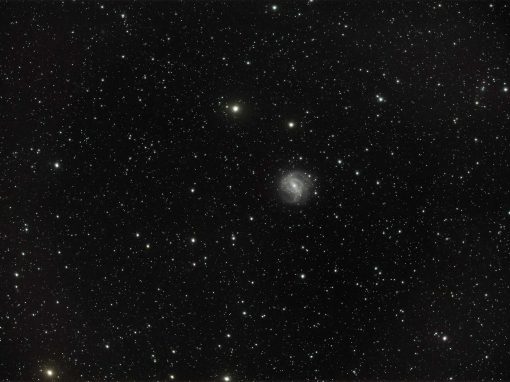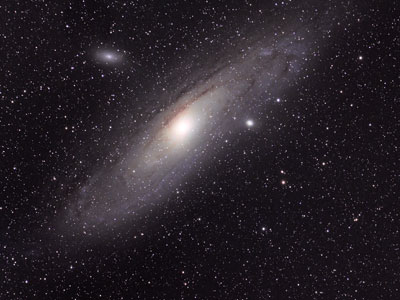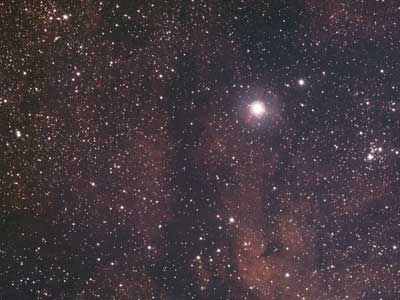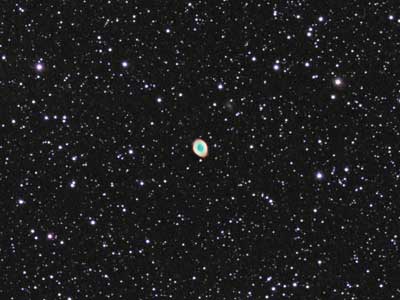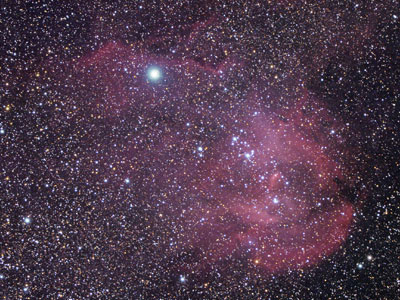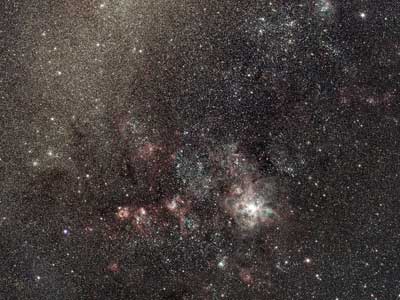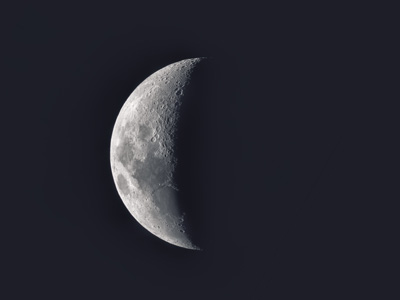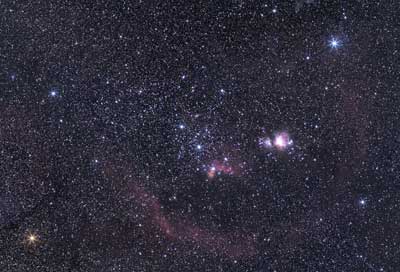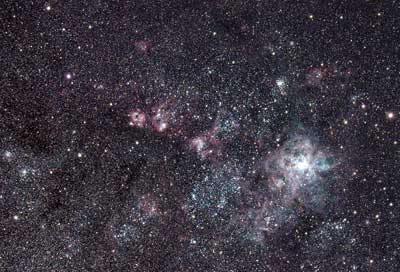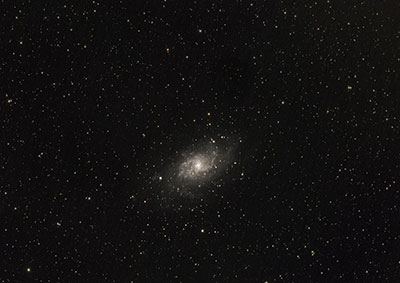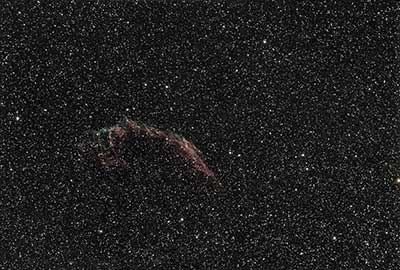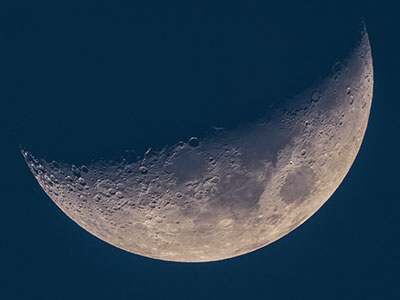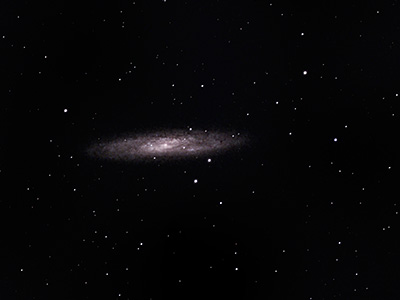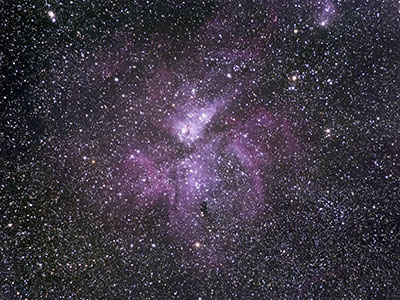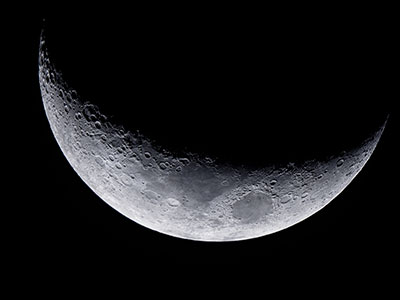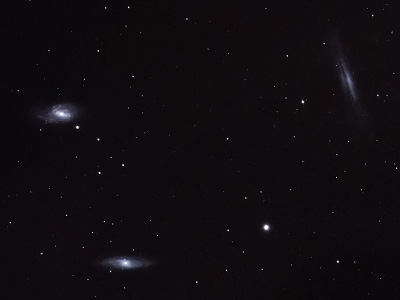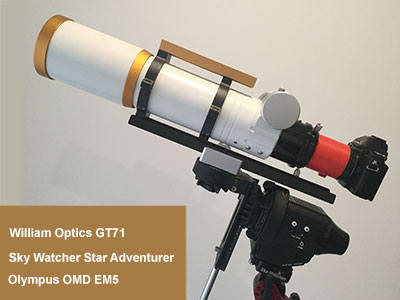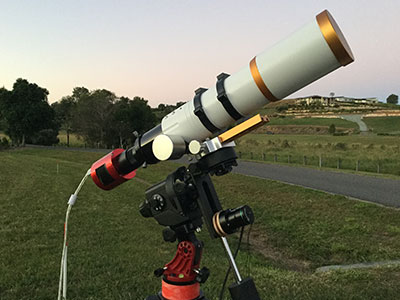Cygnus wide field: Olympus 50mm lens & ASI294MC Pro
Dayboro, Queensland - 3 August 2019Cygnus, captured using a vintage Olympus 50mm lens & ASI294MC Pro colour camera
- Lens: Vintage Olympus 50mm f1.8
- Camera: ASI294MC Pro
- Mount: Sky Watcher Star Adventurer
- Alignment: PoleMaster
- Guiding: none
- Image: 21 * 180 sec subs
- Gain: 300
- Temp: -10 Deg C
- Processing: AstroPixel Processor: light, darks, flats and dark flats
- Bortle Class 4 site
- Location: Dayboro Queensland
- Date: 3/8/2019
Cygnus is a northern constellation lying on the plane of the Milky Way, deriving its name from the Latinized Greek word for swan.[1] Cygnus is one of the most recognizable constellations of the northern summer and autumn, and it features a prominent asterism known as the Northern Cross (in contrast to the Southern Cross). Cygnus was among the 48 constellations listed by the 2nd century astronomer Ptolemy, and it remains one of the 88 modern constellations.
Cygnus contains Deneb (ذنب, translit. ḏanab, tail) – which is one of the brightest stars in the night sky and is the most distant first-magnitude star as its “tail star” and one corner of the Summer Triangle.[1] It also has some notable X-ray sources and the giant stellar association of Cygnus OB2.[2] Cygnus is also known as the Northern Cross. One of the stars of this association, NML Cygni, is one of the largest stars currently known. The constellation is also home to Cygnus X-1, a distant X-ray binary containing a supergiant and unseen massive companion that was the first object widely held to be a black hole. Many star systems in Cygnus have known planets as a result of the Kepler Mission observing one patch of the sky, an area around Cygnus. In addition, most of the eastern part of Cygnus is dominated by the Hercules–Corona Borealis Great Wall, a giant galaxy filament that is the largest known structure in the observable universe, covering most of the northern sky. source Wikipedia
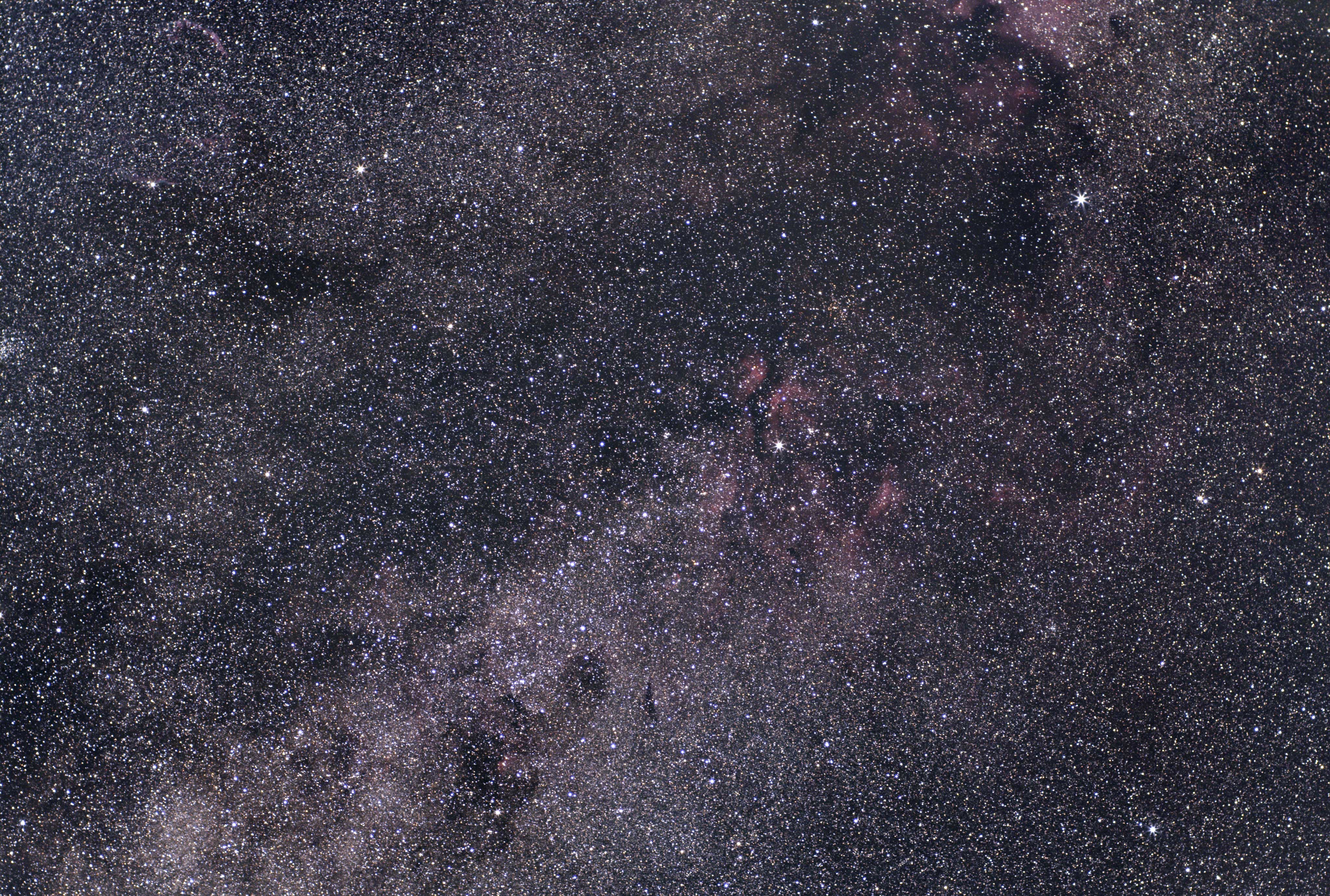
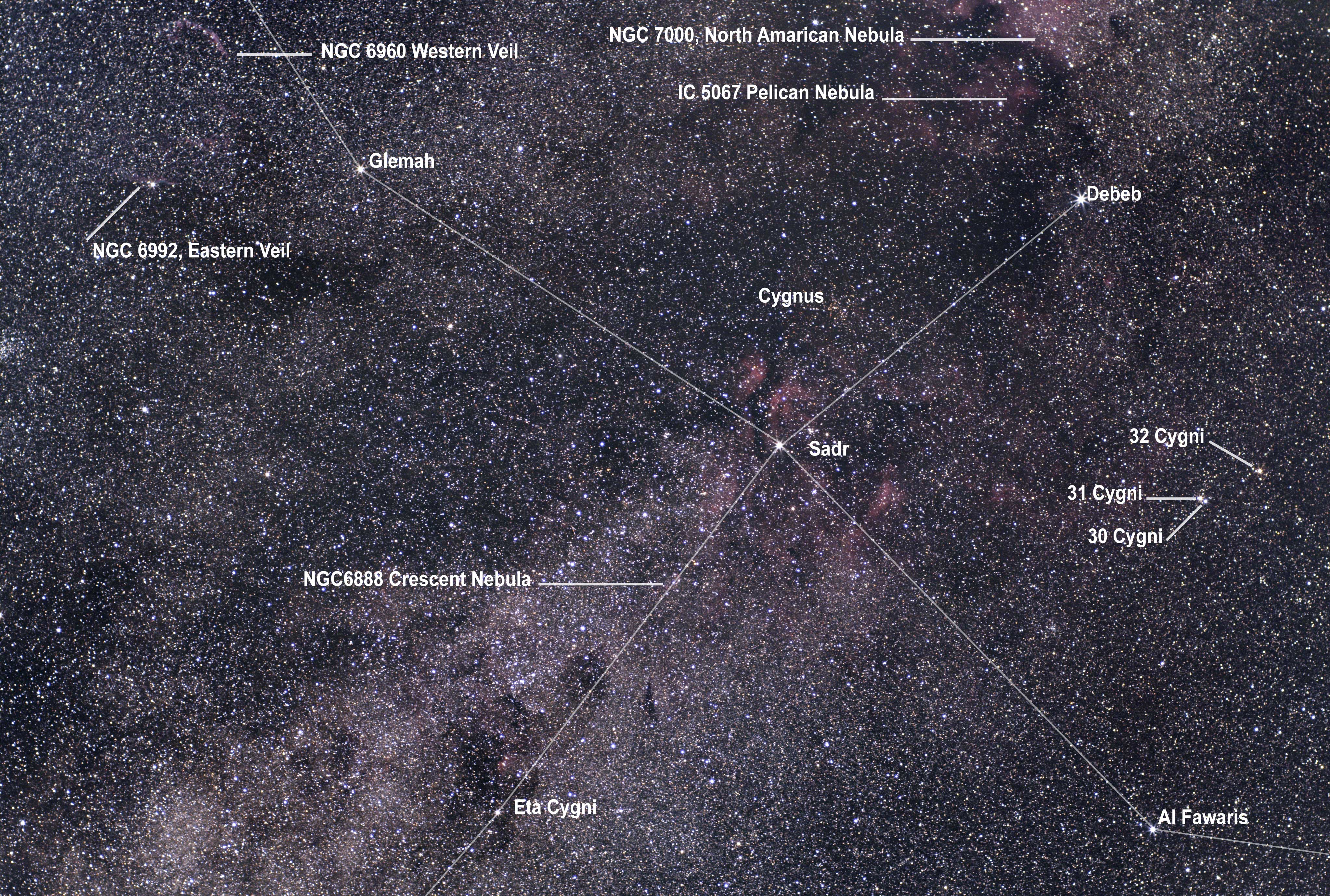
Recent Images
